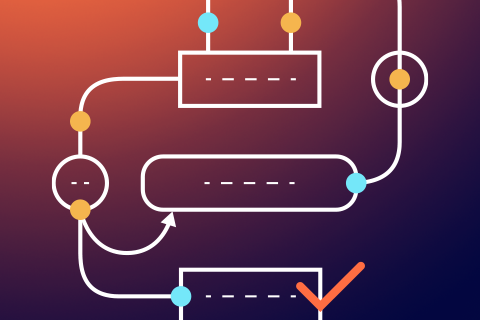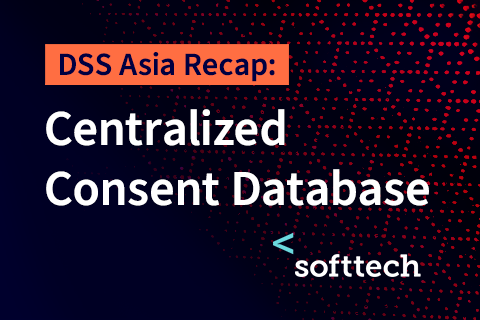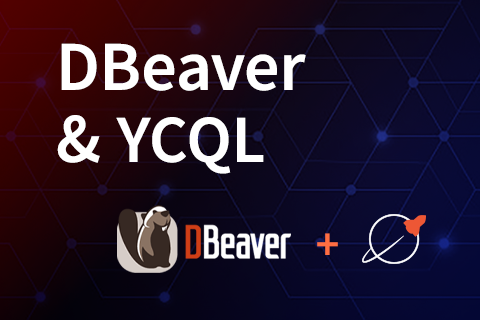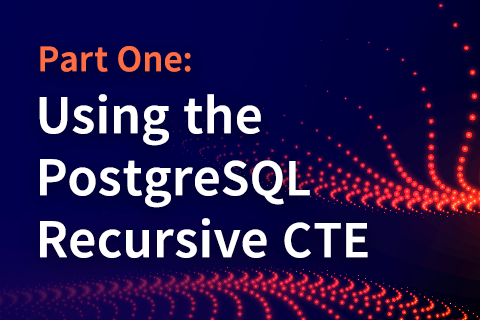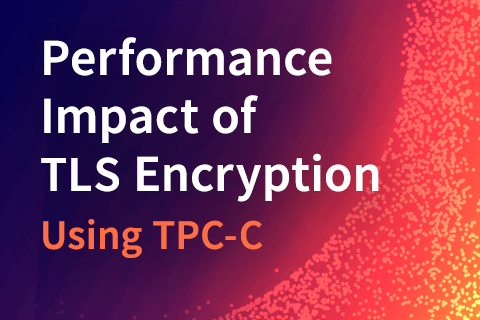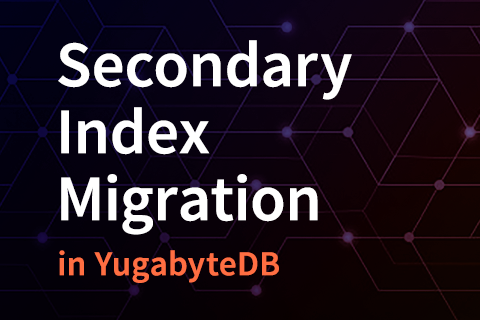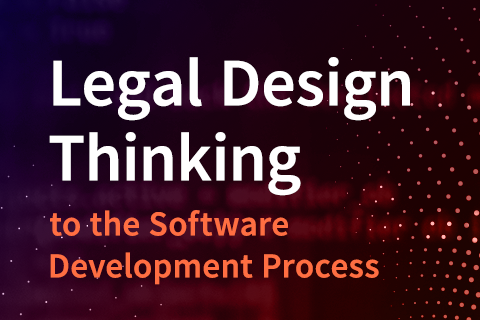Distributed SQL Tips and Tricks – April 21, 2021
Welcome back to our bi-weekly tips and tricks blog where we recap some distributed SQL questions from around the Internet. We’ll also review upcoming events, new documentation, and blogs that have been published recently. Got questions? Make sure to ask them on our YugabyteDB Slack channel, Forum, GitHub, or Stack Overflow. Let’s get into it:
Importing a Large Table Using Smaller Transactions
When first playing around with YugabyteDB many users import existing data from other databases,
…
